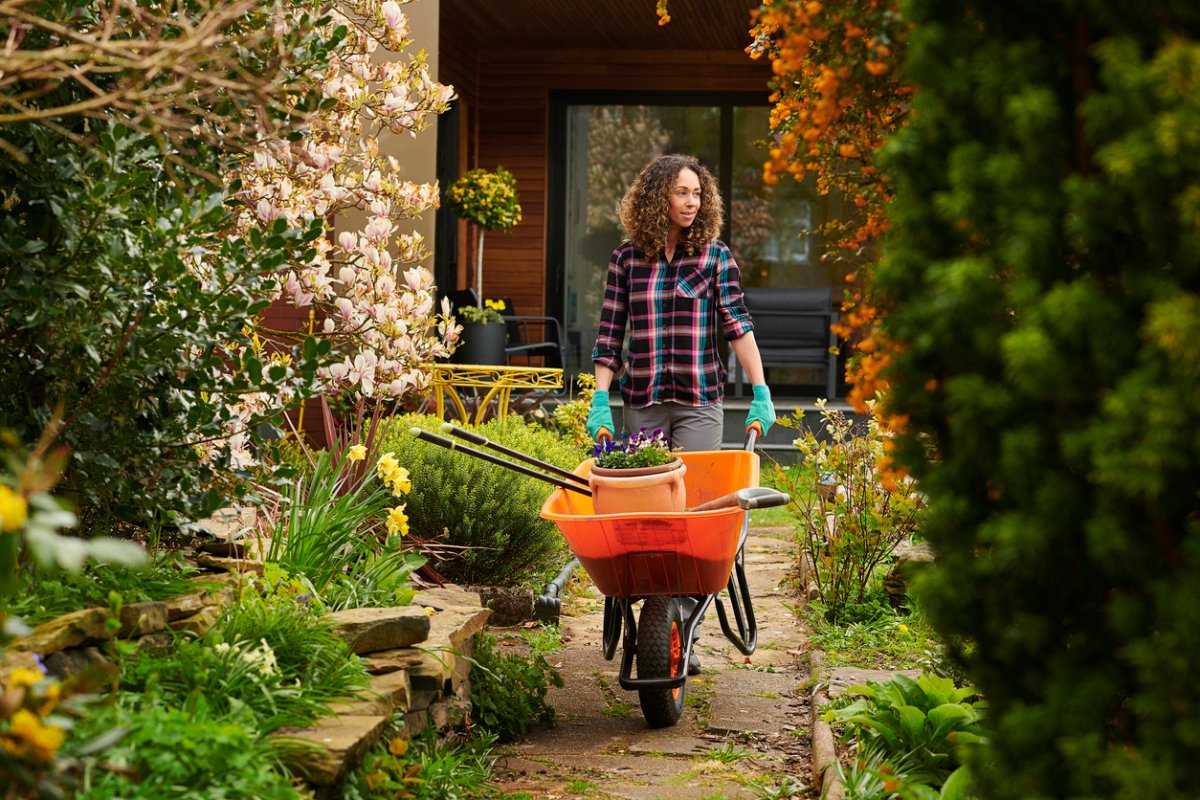We may earn revenue from the products available on this page and participate in affiliate programs. Learn More ›
This month is a transitional one, one in which you’ll be winding down the garden but also making preparations for hunkering down indoors. Many of our September tasks do not result in instant gratification, but when it’s snowing this winter—or when your daffodil bulbs bloom in spring—you’ll be glad you took the time to check them off your to-do list this month.
1. Shop for Appliances
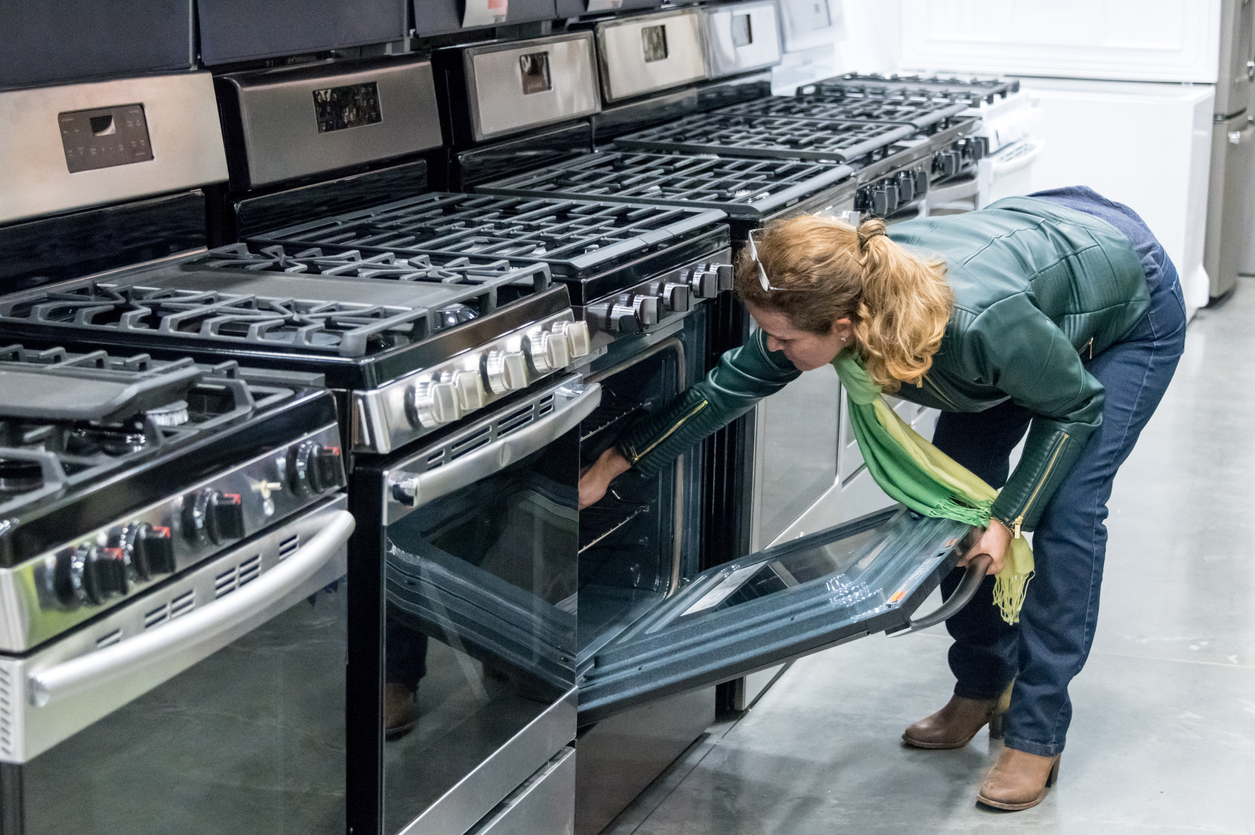
September is widely considered the best month to buy home appliances. If you’ve been putting off purchasing that new oven, now might be the right time. Manufacturers debut their newest models at this time of year, so you can pick up last year’s version at a discount. Our guide to the best kitchen appliance brands is a good place to start your research.
2. Plant Bulbs
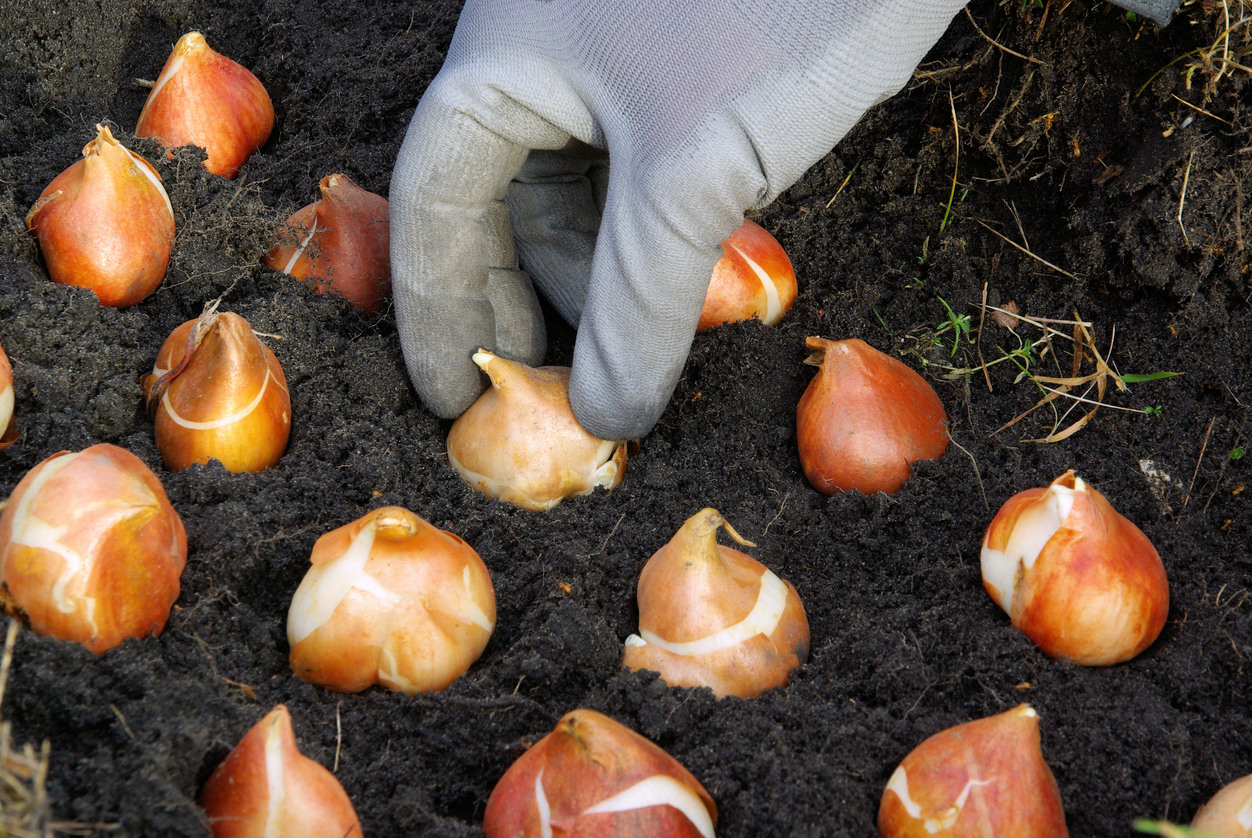
Home gardeners in USDA Zones 1 through 7 can begin planting their spring bulbs in September. Before you plant daffodil or tulip bulbs (or any other springtime beauties), check the extended weather forecast. Bulbs need several weeks to root before the ground freezes. On the flip side, if your region is too warm, you’ll end up with sprouted bulbs.
3. Close the Pool
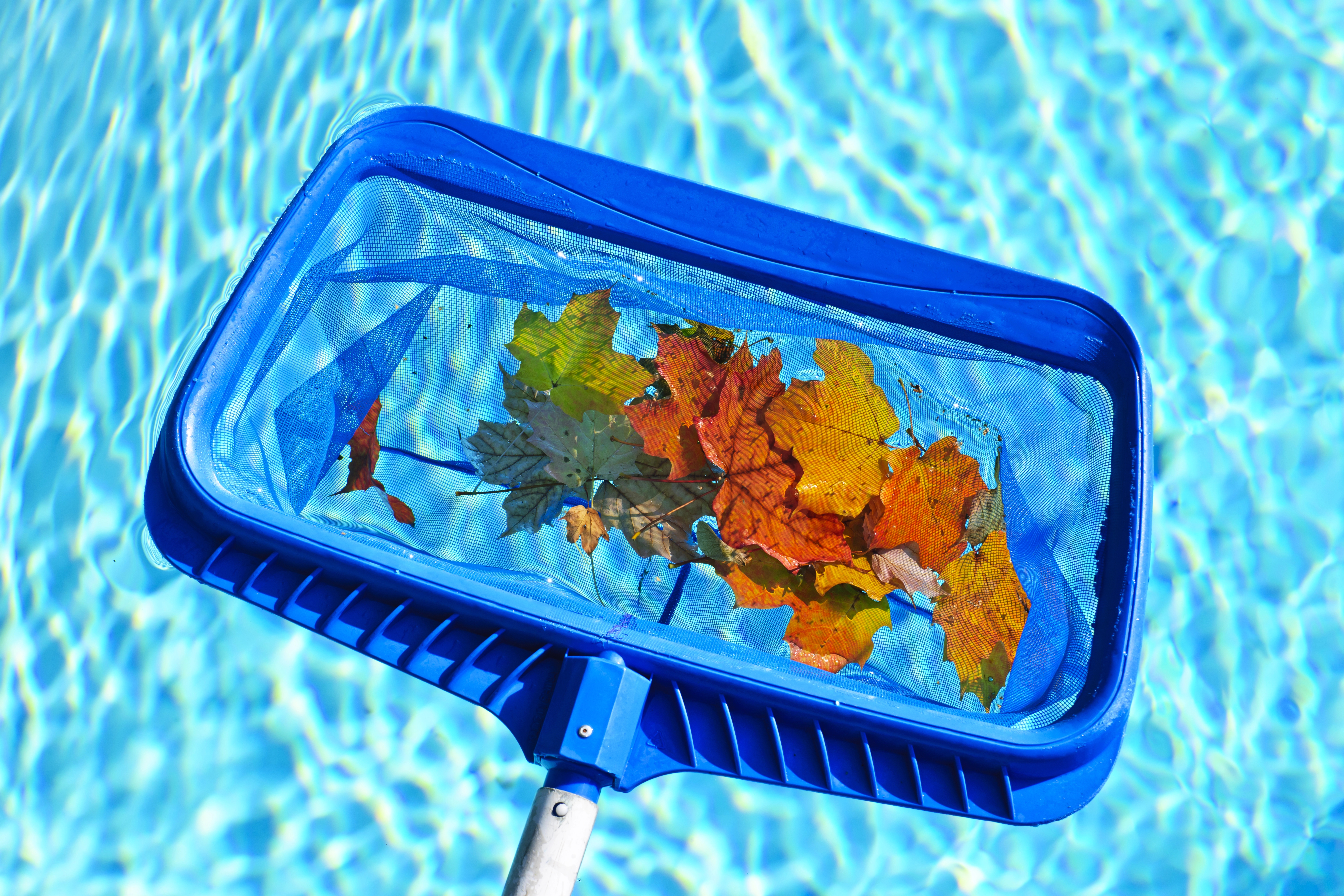
Homeowners with pools, unless they live in tropical climes, should close and cover their pools this month. Closing a pool is a multi-step process, one that involves skimming out debris, shocking the pool and lowering the water level, and topping the pool with a pool cover, among other things. It’s a time-consuming task, but one you’ll be very glad you did come spring.
4. Mulch Your Leaves
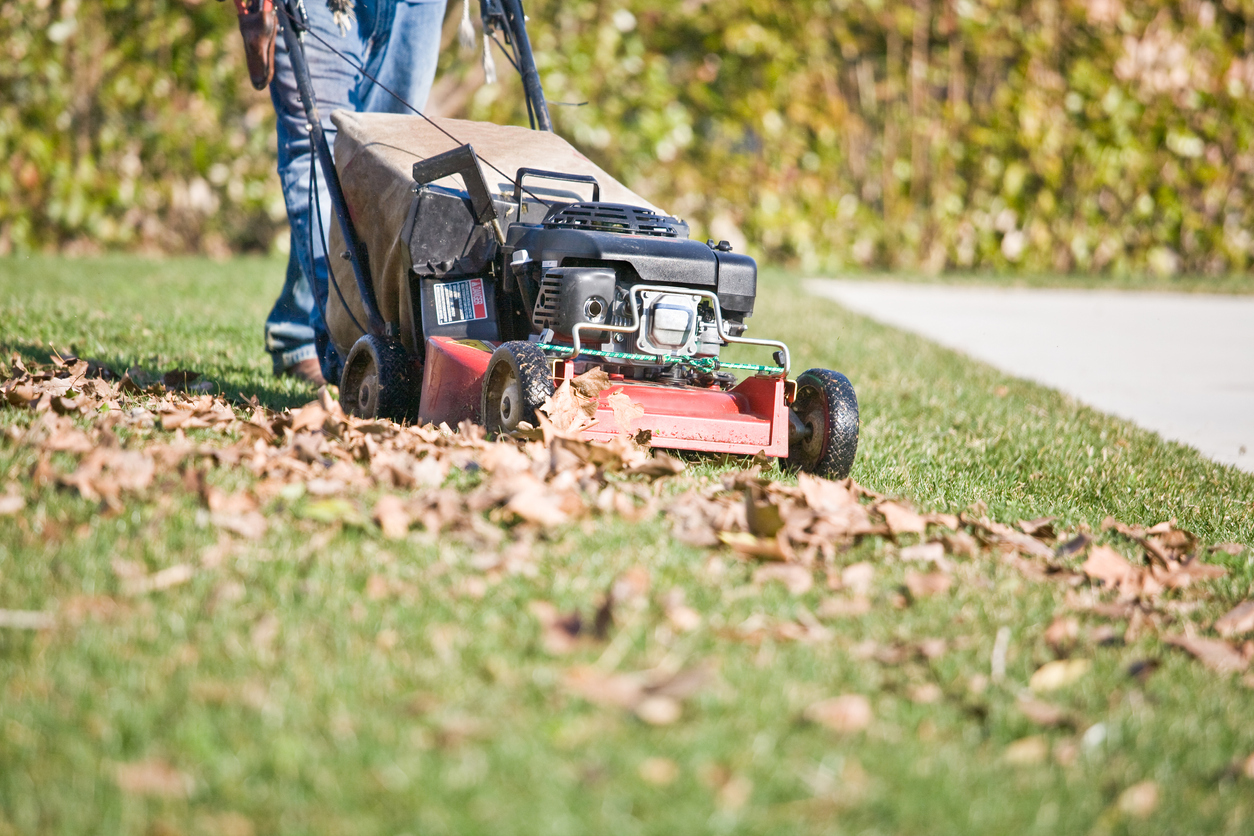
Instead of raking them up, mulch your leaves with a lawn mower to provide much-needed nutrients to your lawn. (Shopping for a mulching lawn mower? Check out Toro’s 21-inch Recycler and Ryobi’s 40V HP Brushless 21-inch Self-Propelled Cordless Walk Behind Mower, two top performers in our researched guide to the best mulching lawn mowers.) If you have more leaves than lawn, try composting the leftovers.
5. Service Your Heater
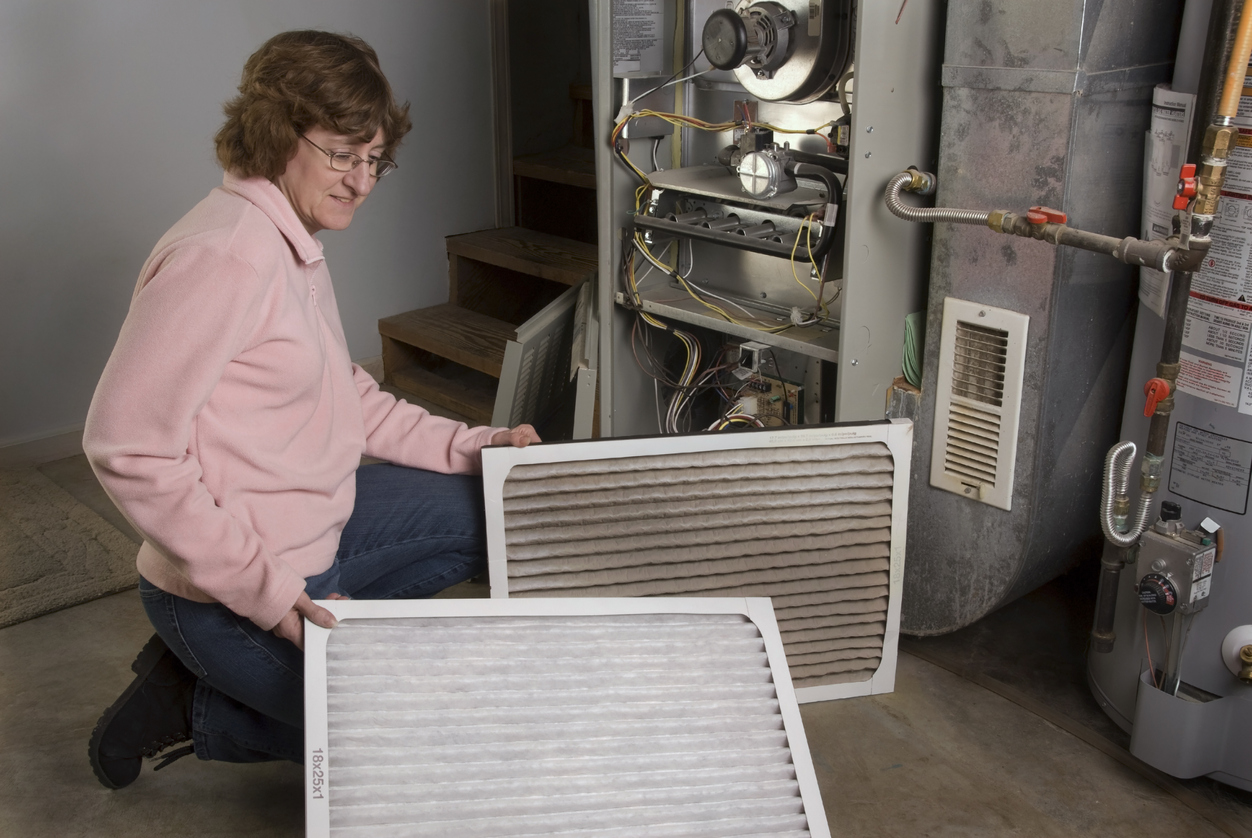
Clean and maintain your furnace now so you’ll be ready for a sudden cold snap. Check the pilot light, vacuum excess dust, and change the furnace filter. If you come across a problem that’s too big for you to fix, schedule a service appointment now so you’re not out in the cold next month.
6. Clean Your Tools
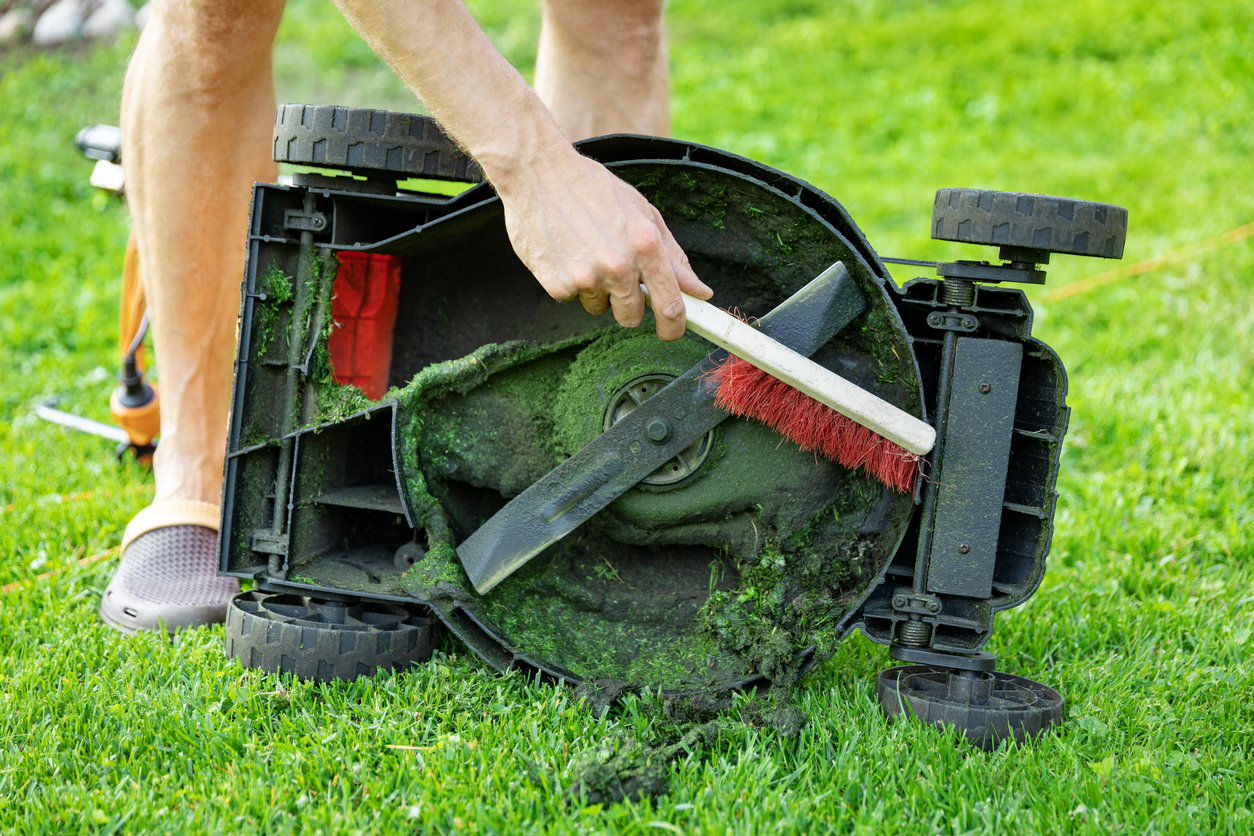
It will soon be time to winterize lawn mowers and weed trimmers for the season. Before you stow them, be sure to clear them of clippings and debris. And don’t forget to drain the gas from your lawn mower or other gas-powered tools—doing so will make it easier to start them in the spring.
7. Save Your Seeds

As your garden dies back, deadhead your flowers and harvest the seeds. With a little time and preparation, you will have the makings for a successful planting season come spring.
For flowers, cut heads once their seed pods have dried (or shortly before), then hang them upside down in a paper bag to dry. After allowing enough time for drying, remove the seeds, separating them as much as possible from chaff and other plant material. For fruits and vegetables, harvest the seeds once the fruit or vegetable has become fully ripe. Before setting the seeds out to dry, give them a thorough wash. Let these seeds dry in their pods on the plants before you gather them.
8. Have a Yard Sale

An end-of-summer yard sale will let you clear out your clutter and earn some money in the process. Make it a success by keeping prices low and placing the best and biggest items out front to lure in passersby. If you’re less than excited about having strangers paw through your stuff, hawk your wares virtually via popular online selling apps.
9. Seed and Sod
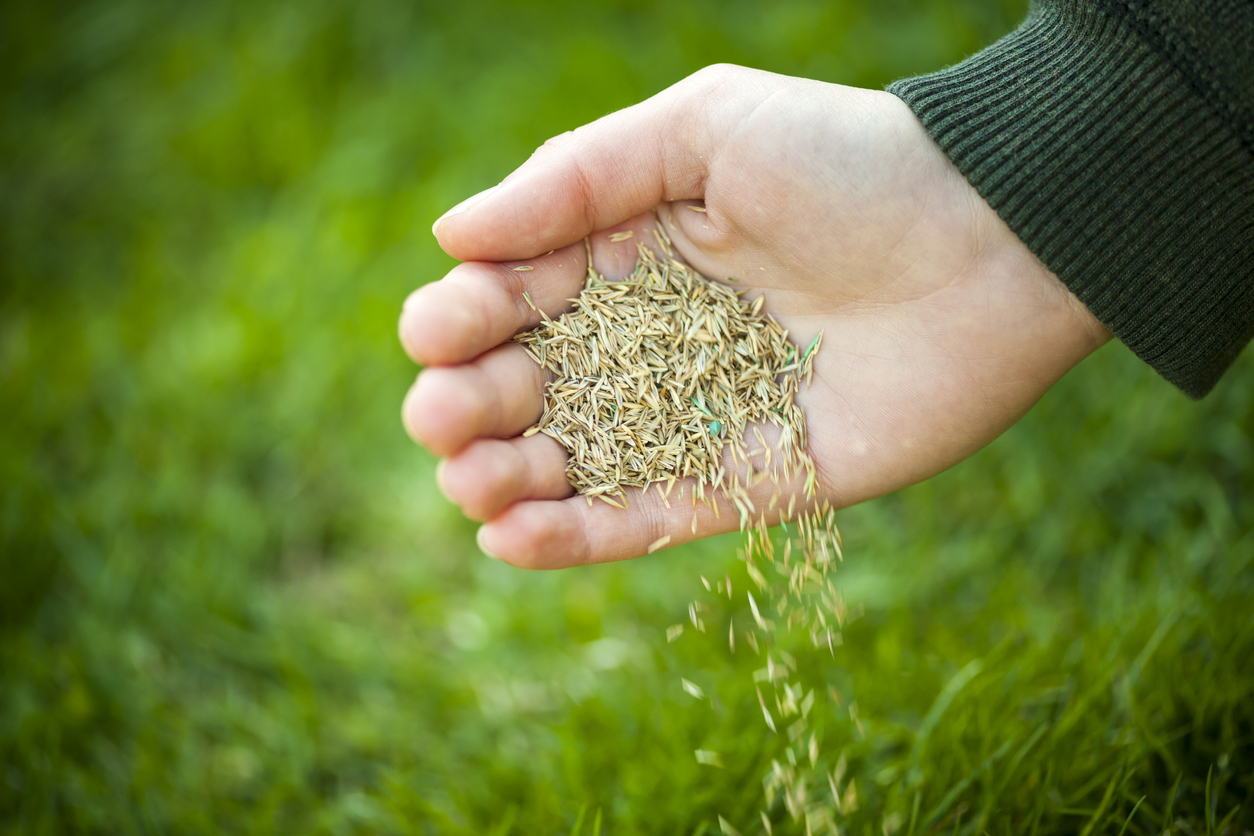
Because of cooling temperatures and sunny days, early September is the perfect time of year to plant seed and sod cold-weather grasses. Planting from seed is cheaper, but it requires a bit more care and maintenance in the beginning. Laying sod is a great solution for sloped lawns or areas prone to erosion, but you will need heavy watering as the roots take hold in the yard. Need help finding the best grass seed for your yard? See our researched guides to the best grass seed for overseeding and the best grass seed for shade.
10. Check the Roof

Winter weather can wreak havoc on the roof. Before the first snowfall, check your roof for loose shingles and leaks. While you’re up there, clean fall leaves from the gutters to prevent basement flooding and ice dams.

